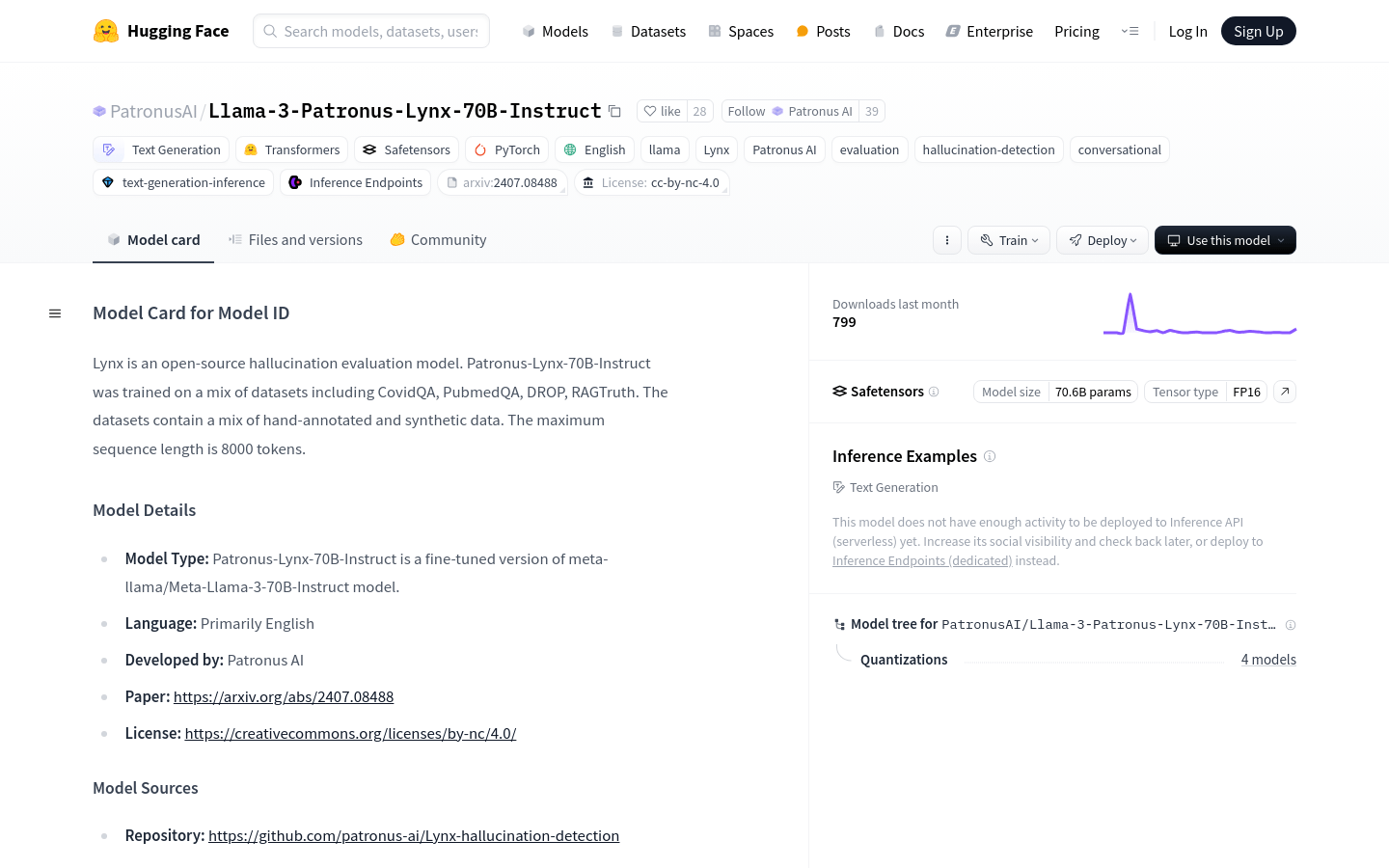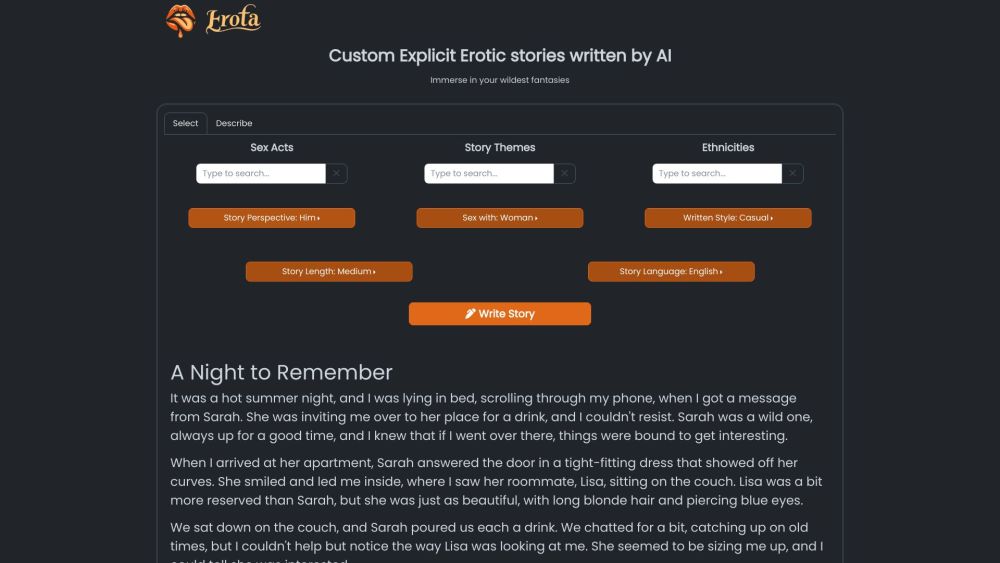
Example
Financial analyst
Financial analysts can use this model to verify whether the information in the financial report is accurate, thereby reducing investment risks caused by information errors.
Medical researcher
Medical researchers can use this model to check whether the conclusions in medical literature are consistent with the original literature content to enhance the reliability of research.
Data scientist
When processing a large amount of text data, data scientists can use this model to quickly identify information that does not match the facts to improve the quality of data.
Product
Phantom detection: This model can accurately determine whether the answer is loyal to the content of the given document.
Multi -data set training: Train based on multiple data sets (such as COVIDQA, Pubmedqa, Drop, Ragtruth), covering handmaketing and synthetic data.
Long sequence processing: supports the sequence length of the maximum of 8,000 token, which can handle longer texts.
High -precision assessment: performed well in the benchmark test (such as Halueval), surpassing more well -known models.
Flexible usage: Provide detailed use prompts and code examples to facilitate developers to get started quickly.
Open source customization: The model is open source, and developers can customize and optimize them according to their needs.
Tutorial
1. Visit the Hugging Face model page to obtain the basic information and use guidelines of the model.
2. Install the necessary library, such as Transformers, PyTorch, etc.
3. Prepare input data, including questions, documents and answers, and organize data according to the model requirements.
4. Use the model to reason, and determine whether the answer is loyal to the content of the document based on the output results.
5. Based on actual needs, further customization and optimization of the model to improve the detection accuracy and efficiency.







